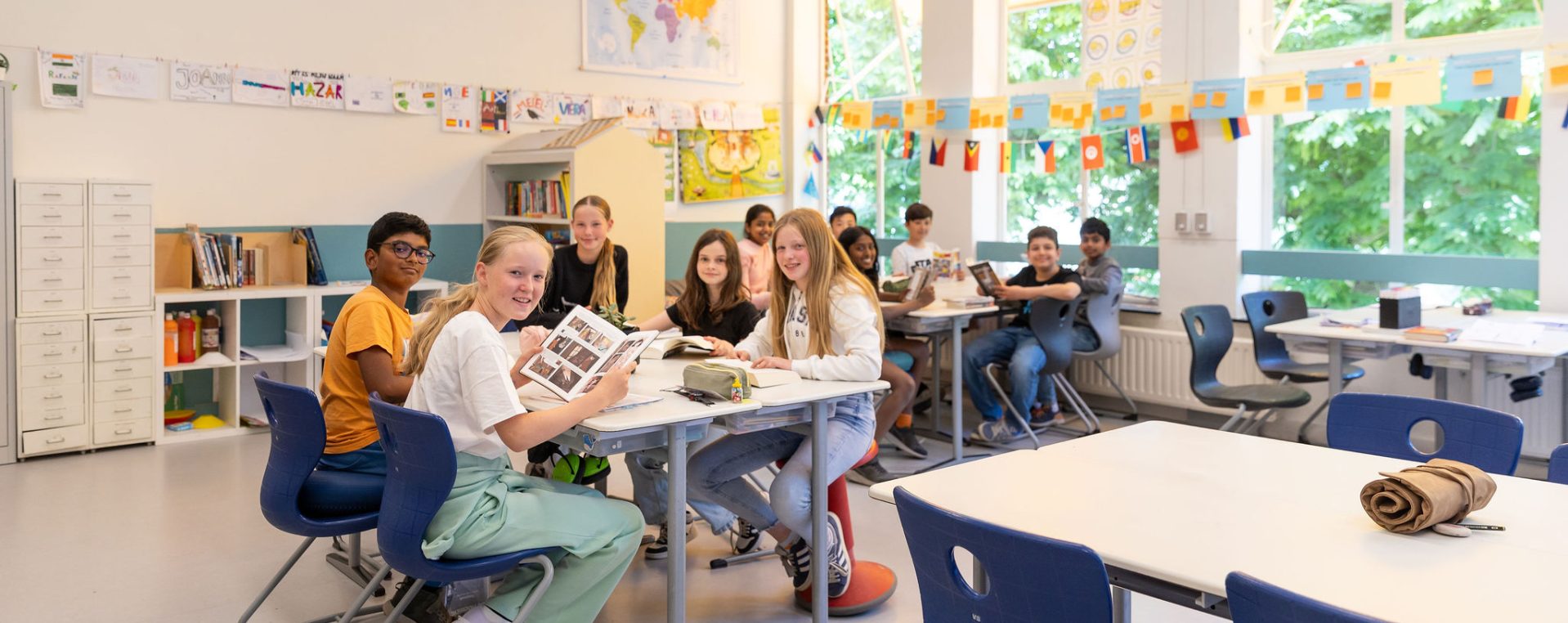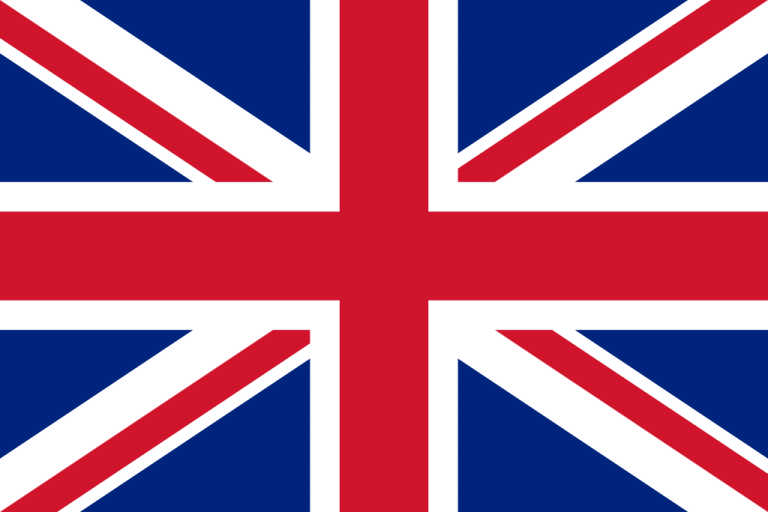
Organisation of Education and Instructional Time
The Primary Dutch Bilingual department has a maximum of 24 pupils per group. By maintaining a small group size, maximum attention can be given to each pupil. We maintain the right to (temporarily) deviate from these numbers. The Primary Dutch Bilingual department is attended by students who are staying in the Netherlands for a longer period of time, and the department has 8 age groups. We use methods that meet the core objectives and we use a thematic approach in all age groups.
‘Kleuterplein’ is used in groups 1 and 2. Kleuterplein allows young children to learn through play. In the construction or discovery corner, with the paint board or the sand and water table, arts and crafts, and other learning materials. From mathematics and reading to visual arts and music: a well-balanced curriculum to build a solid foundation for group 3.
In group 3, we use ‘Veilig de Wereld in’ and ‘Veilig Leren Lezen’. Veilig de wereld in is a method for discovering the world (geography/ history/ science/cultural development), which seamlessly connects to the Veilig Leren Lezen reading method, to provide a thematic education. In addition, there is a lot of attention for expanding vocabulary. For mathematics, we use ‘Getal en Ruimte’.
In groups 4 to 8, we use ‘Alles in 1’. With this method, the children develop their language and reading skills as well as learn about the world around us (geography/history/science/cultural development) in logical coherence. Scientific research has demonstrated the great value of language linked to world orientation and our students can therefore fully immerse themselves in the themes that are offered in this method. For mathematics, we also work with ‘Getal en Ruimte’.
As of the 2014-2015 school year, the Dutch department started a pilot for bilingual education in groups 1 and 2 (TPO). Currently, the language of instruction is English in all our groups 30% of the time. The children receive English lessons (EFL), in which lessons are given in English spelling, grammar, reading and speaking. These lessons are taught by native speakers. In addition, the gym lessons are taught in English and each group has a number of lessons that are taught in English by the group teachers.
Education Time
By education time we mean the hours per week the students are at school. Children are entitled to sufficient hours of education. Pupils must receive at least 7520 hours of education in eight school years. The number of teaching hours per week is 25.5 (1530 minutes). We adhere to the legal requirements regarding school holidays.
The tables below show per school year how the education time is divided over the various subject areas (in minutes per week). It should be noted that for groups 3 to 8 our thematic activities also include our language; traffic; ICT and creative activities.
Education time groups 1 and 2:
Education time groups 3 to 8:
